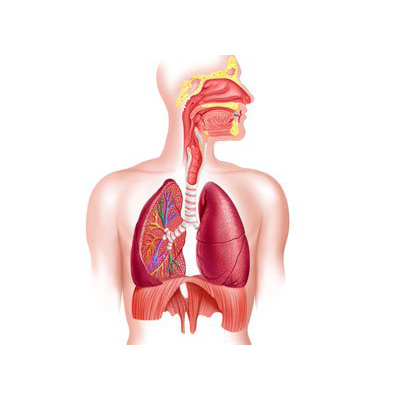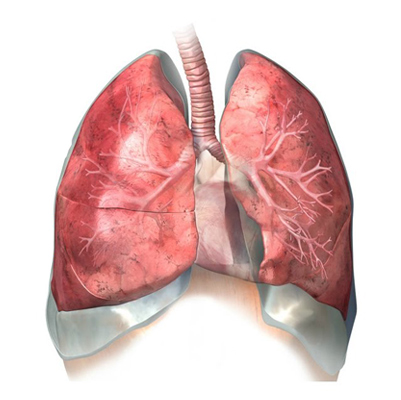Respiratory Tract Infections
Overview
respiratory infections (VRIs) include colds, the flu and bronchiolitis. Respiratory means something that affects the lungs and airways (breathing passages). VRIs may cause coughing, sneezing, runny noses, sore throats or fever.
Respiratory tract infections can affect the sinuses, throat, airways or lungs.
Viral means something that is caused by a virus. Viruses that cause VRIs include respiratory syncytial viruses (RSV), influenza viruses, parainfluenza viruses, adenoviruses and rhinoviruses. Rhinoviruses are the viruses that cause the common cold.
Symptoms of an RTI include:
- a cough – you may bring up mucus (phlegm),
- sneezing,
- a stuffy or runny nose,
- a sore throat, headaches,
- muscle aches, breathlessness,
- tight chest or wheezing,
- a high temperature (fever), feeling generally unwell,

Restrictive lung
Overview
Restrictive respiratory organ sickness refers to a bunch of respiratory organ diseases that stop the lungs from totally increasing with air.
This restriction makes breathing difficult. Many types of restrictive respiratory organ sickness ar progressive, obtaining worse over time. However, some causes of restrictive lung sickness will be reversed.
If your lungs can’t hold as much air as they used to, you may have a restrictive lung disease. This respiratory issue happens once the lungs grow stiffer.
Sometimes the cause relates to a problem with the chest wall. When your lungs can’t expand as much as they once did, it could also be a muscular or nerve condition.
The symptoms of restrictive lung disease include:
- shortness of breath
- wheezing
- coughing
- chest pain

Whooping Cough
Overview
Whooping cough, too called whooping cough, is an especially communicable disease caused by the bacteria Bordetella whooping cough.
Whooping cough could be a microorganism higher respiratory tract infection that results in episodes of violent coughing.
The malady derives its name from the characteristic sound created once affected people decide to inhale; the whoop originates from the inflammation and swelling of the speech organ structures (voicebox) that vibrate once there's a fast flow of air throughout inspiration.
Symptoms
blocked nose- dry and irritating cough
- malaise (general feeling of being unwell)
- mild fever
- runny nose
- sore throat
- watery eyes
- diarrhea (sometimes)
